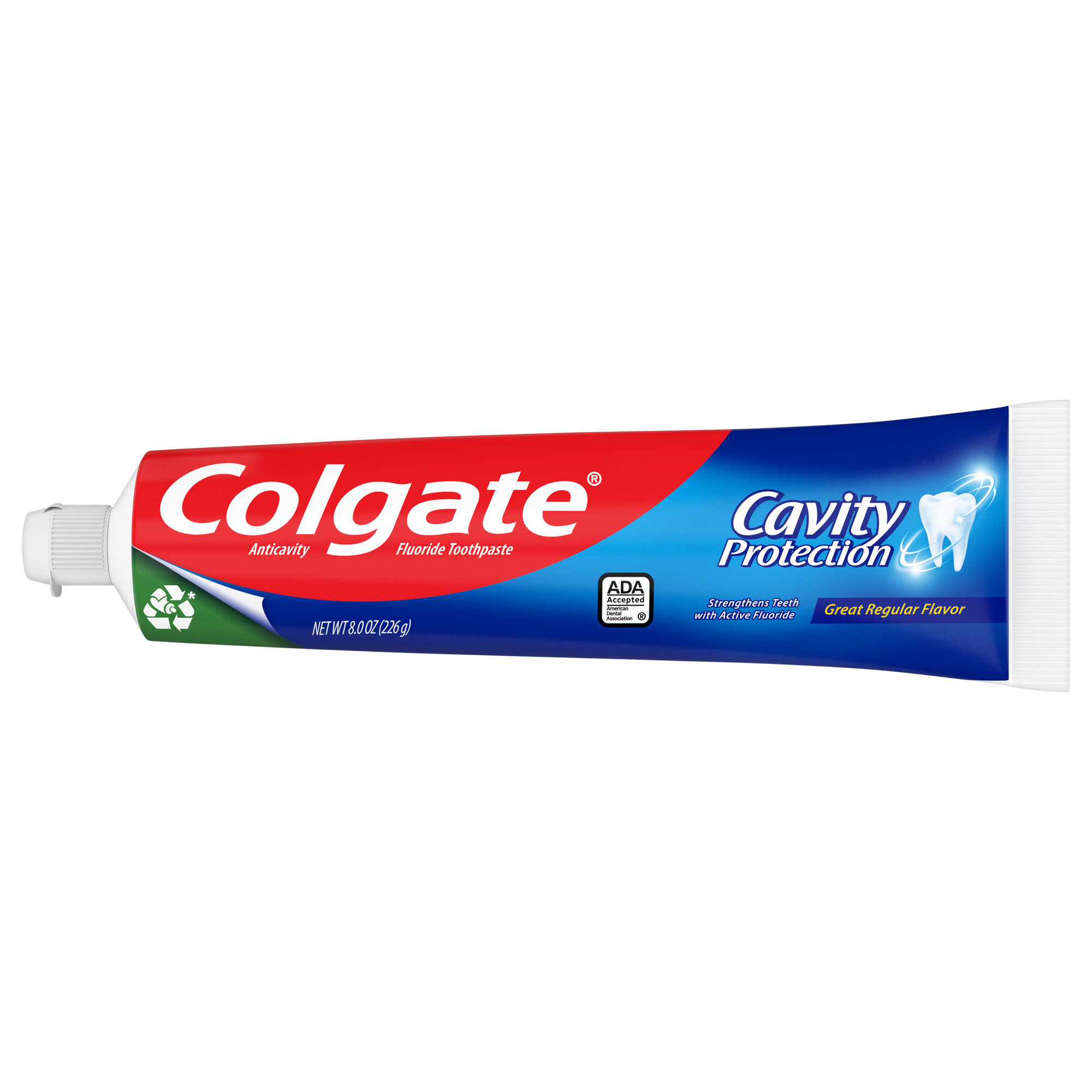What to Do if a Filling Falls Out
The first thing you should do if you lose a filling is to call your dental office and let them know what happened. If it’s a weekday, you should be able to get in that day as most offices have emergency times set aside. If your filling falls out on the weekend, leave a message or call the weekend emergency number.
What to Expect at Your Dental Appointment
Your dental professional will examine and X-ray your tooth to determine your best option. Here are three options he or she may consider:
1. You may get a new filling
If your dental professional thinks your tooth can be repaired, you may get another filling. There are different types of filings. If it’s a molar or a premolar, you may have the choice of an amalgam (silver) filling or composite and glass ionomer (tooth-colored) material. If it’s a front tooth (incisor or canine), the best aesthetic choice is a composite and glass ionomer filling. Since your back teeth do the most work (lots of chewing), your dental professional may use amalgam filling because it’s a more robust material and will last longer. One thing to note, since many fillings are highly visible, many dental professionals let their patients make the decision.
2. You may need a root canal, crown, or cap
If there’s a deep cavity or exposure to the tooth's nerve, your dental professional will refer you to a specialist for a root canal and a crown.
3. You may need a tooth extraction
In rare situations, the loss of a filling or fractured tooth may be so severe that the only option is extraction. If this happens, your oral surgeon and dentist will present a treatment plan to replace your tooth with a fixed or removable bridge or a dental implant.
How to Protect Fillings
Many things can contribute to a filling becoming chipped or broken. It can include tooth wear from grinding or clenching to bacteria leaking into the fillings' margins and causing decay or simply because the filling is old and a replacement is needed.
Left untreated, a lost or chipped filling can lead to a root canal and possible tooth loss. To help keep your fillings from falling out, routine dental care appointments are essential. During these appointments, your dental professional can uncover potential problems. He or she may identify open margins or uneven wear before you realize you have a problem. You’ll also learn proper oral hygiene instructions to help control bacterial plaque, a leading cause of tooth decay.
If a filling does fall out unexpectedly, contact your dental professional for repairs. No filling will last forever. That’s why it’s essential to keep up with regular visits with your dental professional. He or she will help determine when is the best time to be proactive and replace a restoration.
Oral Care Center articles are reviewed by an oral health medical professional. This information is for educational purposes only. This content is not intended to be a substitute for professional medical advice, diagnosis or treatment. Always seek the advice of your dentist, physician or other qualified healthcare provider.
ORAL HEALTH QUIZ
What's behind your smile?
Take our Oral Health assessment to get the most from your oral care routine
ORAL HEALTH QUIZ
What's behind your smile?
Take our Oral Health assessment to get the most from your oral care routine






.png)








